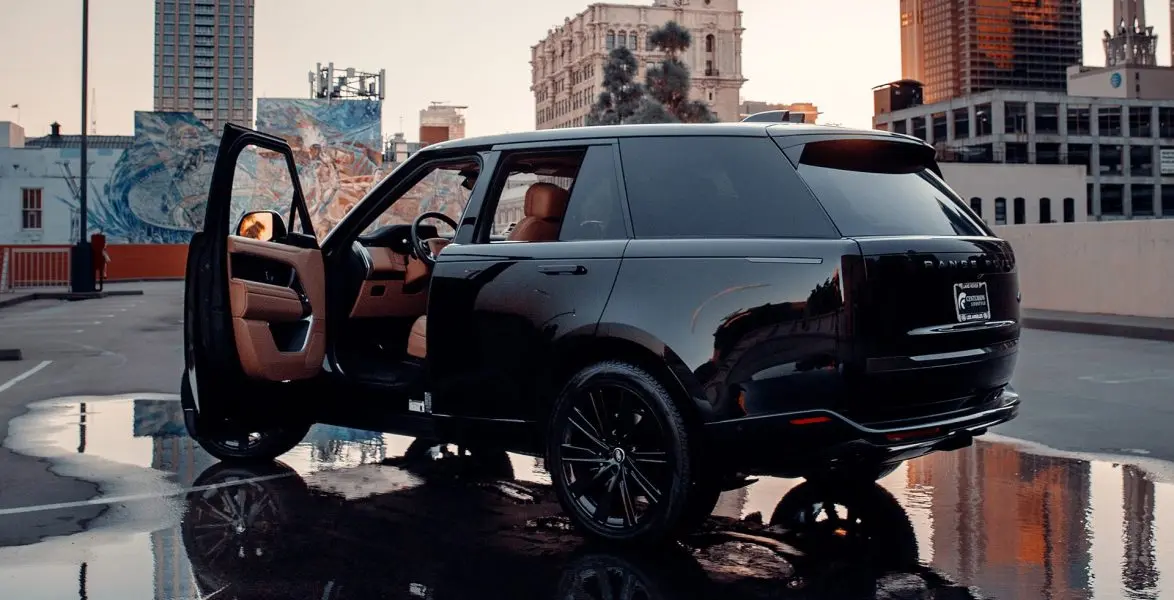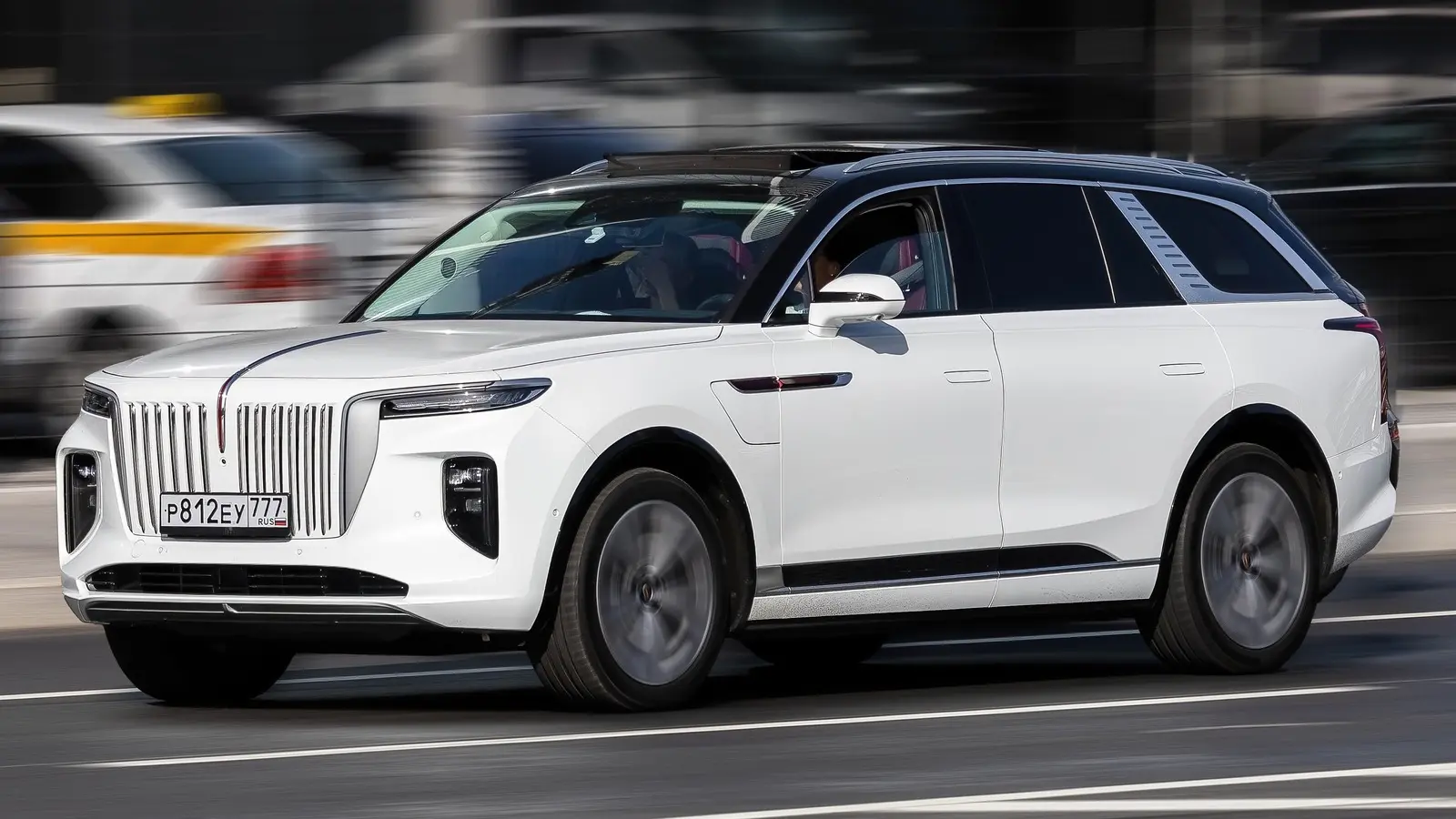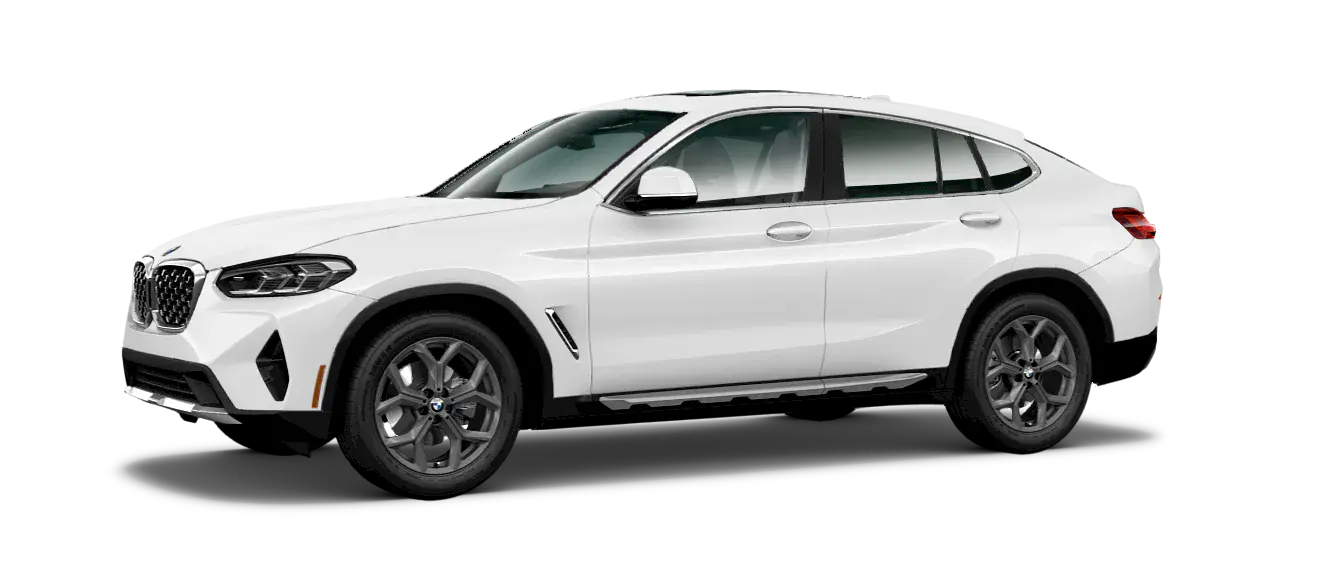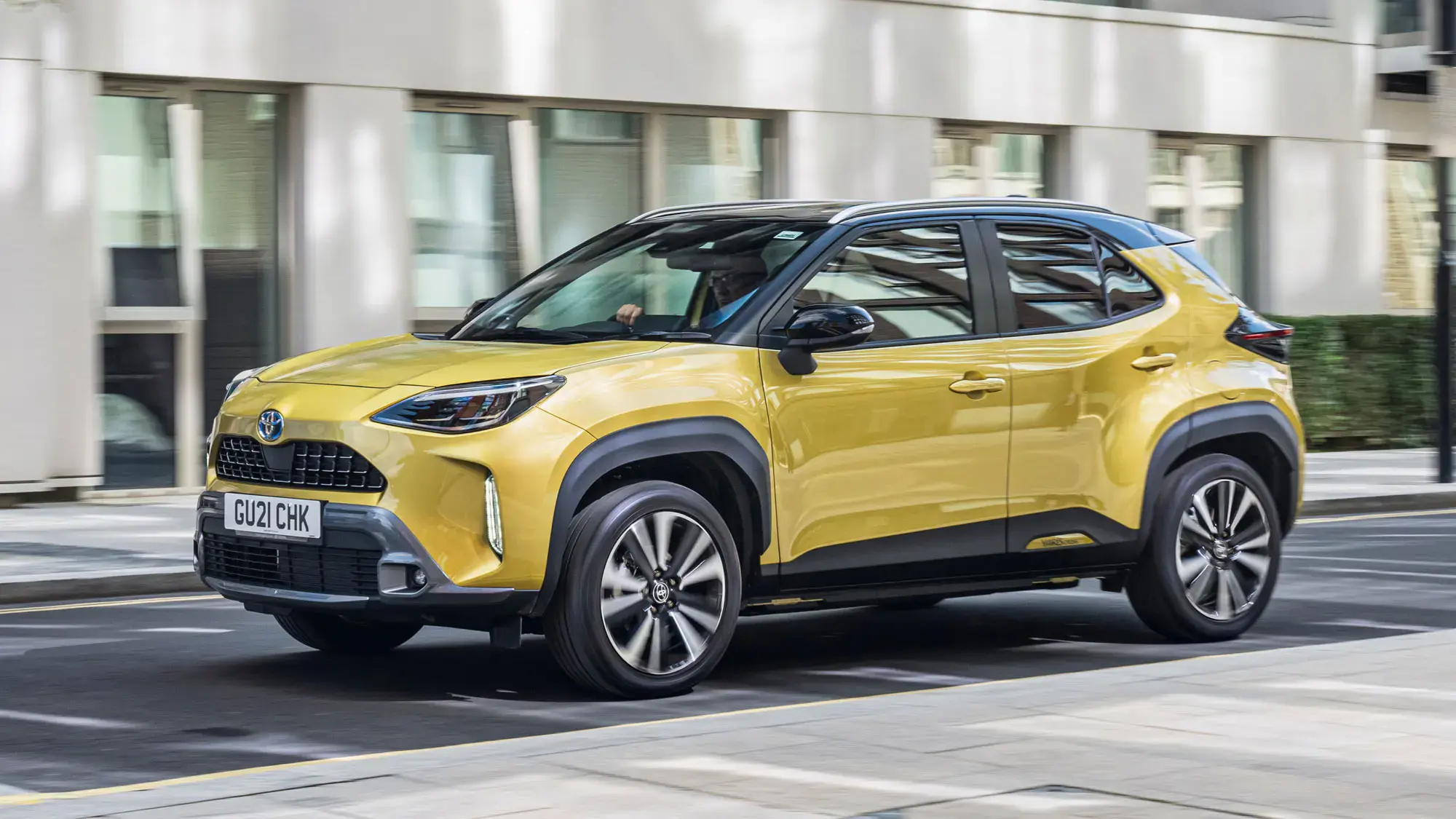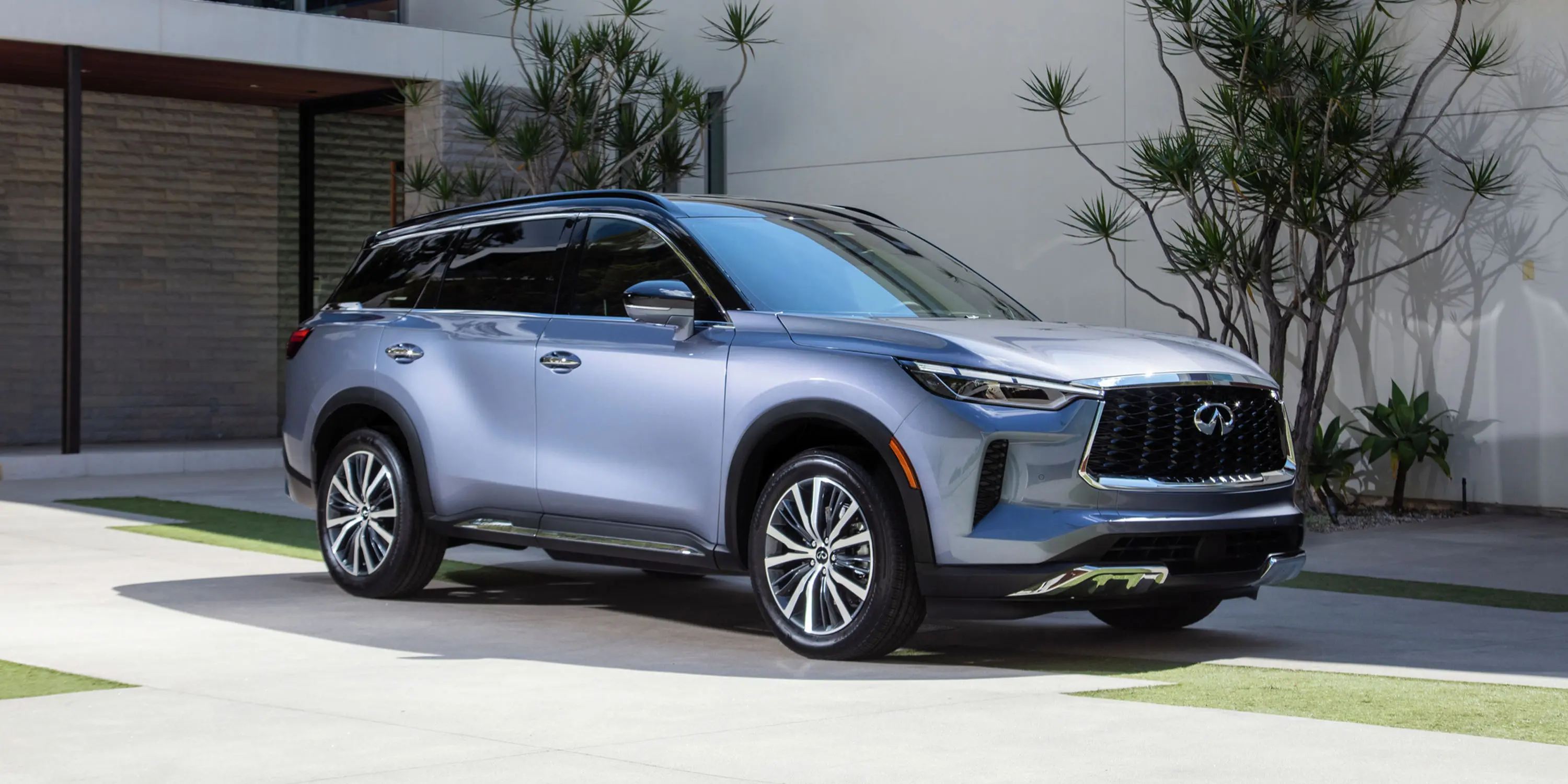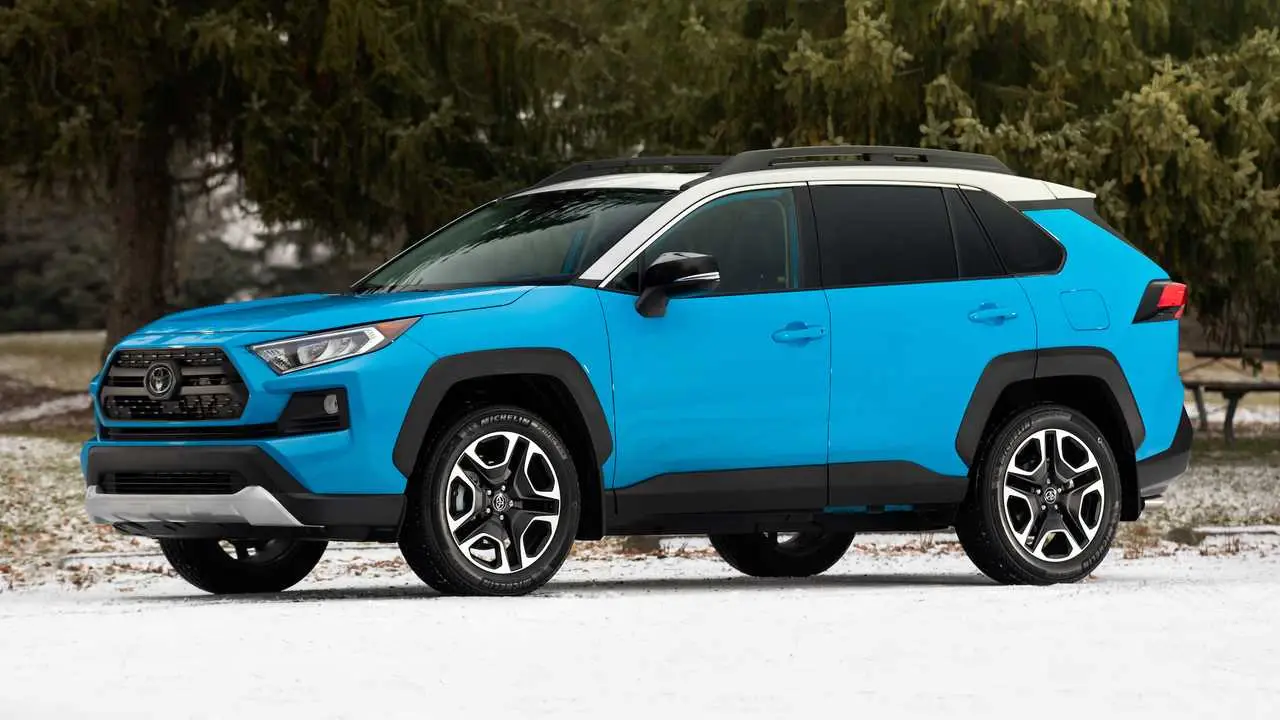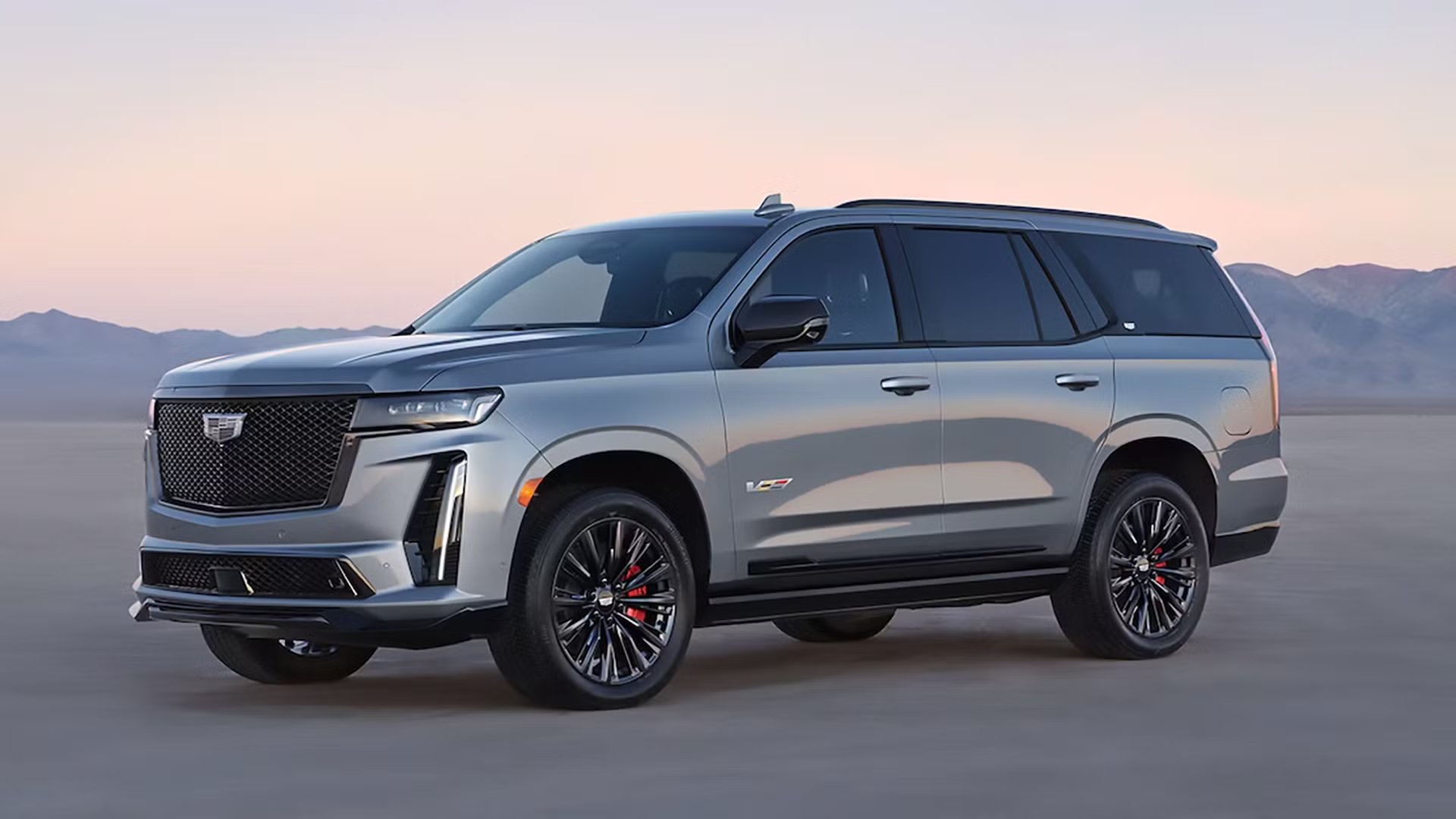
Choosing the right crossover SUV can be a daunting task, given the vast array of options available in today's market. With their blend of practicality, comfort, and style, crossover SUVs have become increasingly popular among buyers. This buyer's guide aims to simplify your decision-making process by highlighting key factors to consider when choosing the perfect crossover SUV for your needs.
1. Determine Your Budget
The first step in your search for the right crossover SUV is establishing a budget. Crossover SUVs come in various price ranges, from budget-friendly models to luxury vehicles. It’s essential to consider not only the purchase price but also the long-term costs, including insurance, fuel efficiency, and maintenance. Be sure to factor in any financing options and look for potential deals or incentives offered by manufacturers.
2. Evaluate Your Space Needs
Different crossover SUVs offer varying amounts of cargo and passenger space. If you regularly transport a large family or have a lot of gear, you may want to opt for a model with three rows of seating and ample cargo capacity. Conversely, if you primarily drive solo or with one passenger, a compact crossover may be more suitable. Check the dimensions and cargo capacity of each model to ensure it meets your space requirements.
3. Assess Fuel Efficiency
Fuel efficiency is a critical factor for many buyers when selecting a crossover SUV. With rising fuel prices and environmental concerns, a model that offers great mileage can save you money in the long run. Look for vehicles with hybrid or electric options if you are particularly concerned about fuel consumption. Review the EPA ratings for city and highway driving to find the most efficient crossover SUV that fits your lifestyle.
4. Consider Performance and Handling
Your driving experience is heavily influenced by the performance and handling characteristics of the crossover SUV you choose. Test drive multiple models to assess acceleration, braking, and steering responsiveness. Some crossovers offer all-wheel drive (AWD) or four-wheel drive (4WD) options, which can enhance traction and stability in adverse weather conditions. Determine whether you need these features based on your typical driving environment.
5. Research Safety Ratings
Safety should be a top priority when selecting a crossover SUV. Check the safety ratings from reputable organizations such as the National Highway Traffic Safety Administration (NHTSA) and the Insurance Institute for Highway Safety (IIHS). Look for advanced safety features such as adaptive cruise control, lane departure warning, and automatic emergency braking. Many modern crossover SUVs come equipped with these technologies to enhance driver and passenger safety.
6. Explore Technology and Connectivity Features
In today's digital age, technology and connectivity features are essential for many buyers. Consider what tech features are important to you, such as smartphone integration (Apple CarPlay and Android Auto), navigation systems, and premium audio options. Test the infotainment system during your test drive to ensure it is user-friendly and meets your expectations.
7. Evaluate Comfort and Interior Quality
Comfort is key in a crossover SUV, especially if you spend a lot of time on the road. Pay attention to the quality of materials, seating comfort, and overall cabin layout. Look for features such as adjustable seating, climate control, and noise insulation. A well-designed interior can significantly enhance your driving experience, making your daily commute or long road trips more enjoyable.
8. Check for Warranty and Maintenance Plans
A strong warranty can provide peace of mind when purchasing a crossover SUV. Research the manufacturer's warranty coverage, including the duration and mileage limits. Some manufacturers offer complimentary maintenance plans that can save you money on routine service. Understanding these aspects can help you make a more informed decision when selecting your vehicle.
9. Compare Models and Read Reviews
Once you have narrowed down your options, it's time to compare the models side by side. Use comparison tools available on automotive websites to evaluate specifications, features, and pricing. Additionally, read customer reviews and expert opinions to gain insights into the real-world performance and reliability of the crossover SUVs you are considering.
10. Finalize Your Decision and Negotiate
After thorough research and test drives, you should be ready to make a decision. Once you have chosen the right crossover SUV, be prepared to negotiate the price with the dealership. Research the market value of your chosen model to ensure you receive a fair deal. Don't hesitate to walk away if the terms do not meet your expectations.
| Key Consideration | Details |
|---|---|
| Budget | Establish a price range, considering long-term costs. |
| Space Needs | Evaluate passenger and cargo capacity based on your lifestyle. |
| Fuel Efficiency | Check EPA ratings; consider hybrid or electric options. |
| Performance | Test drive for acceleration, braking, and handling. |
| Safety Ratings | Review ratings from NHTSA and IIHS; look for advanced features. |
| Technology Features | Assess infotainment, smartphone integration, and connectivity. |
| Comfort | Check seating comfort and interior quality during test drives. |
| Warranty | Research coverage and maintenance plans. |
| Reviews | Compare models and read customer and expert reviews. |
| Negotiation | Be prepared to negotiate the price and terms. |
By following this buyer’s guide, you’ll be well-equipped to choose the right crossover SUV that matches your needs and preferences. Enjoy the journey of finding your perfect vehicle!

